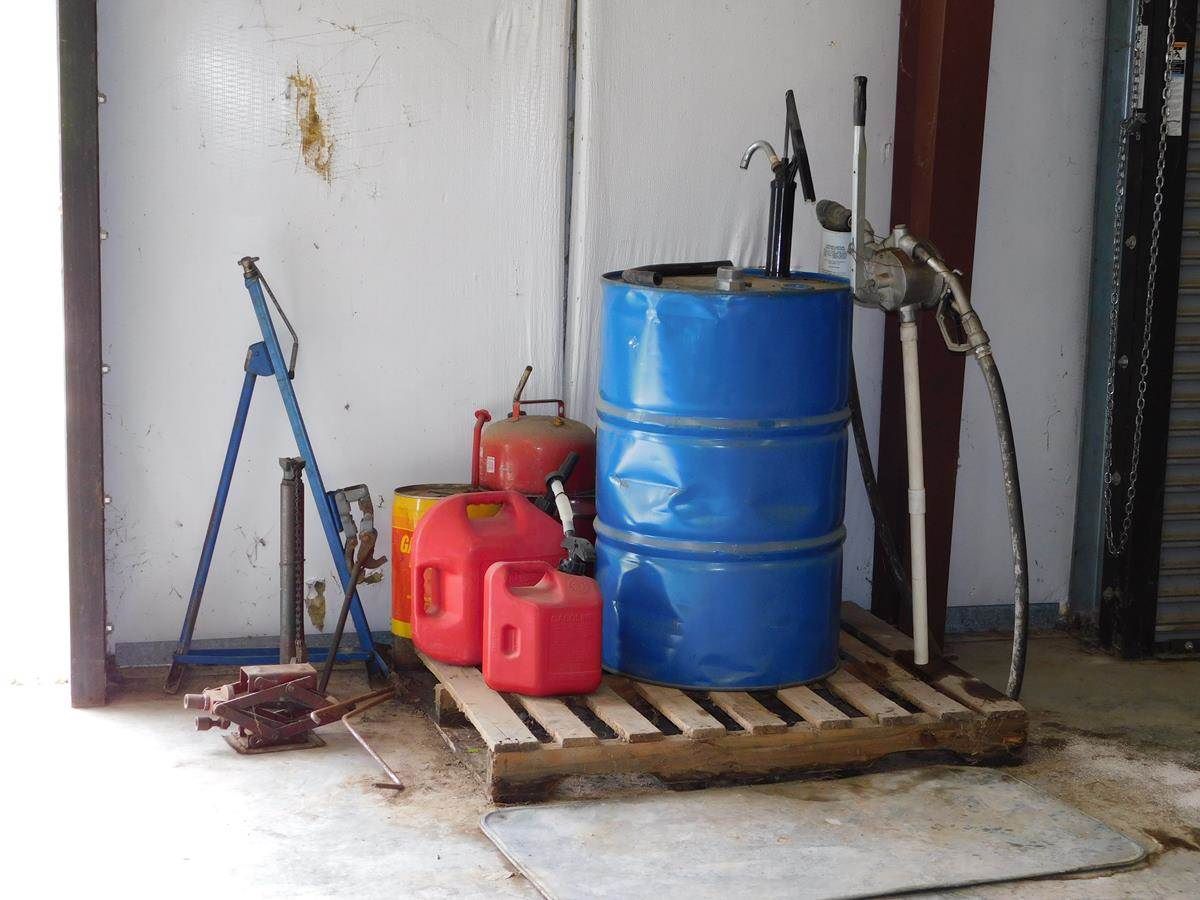

Articles
How To Store Gasoline In 55 Gallon Drum
Modified: October 28, 2024
Learn how to safely store gasoline in a 55 gallon drum with these essential articles. Protect your fuel and ensure proper handling and storage methods.
(Many of the links in this article redirect to a specific reviewed product. Your purchase of these products through affiliate links helps to generate commission for Storables.com, at no extra cost. Learn more)
Introduction
Storing gasoline safely is of utmost importance to avoid accidents, fire hazards, and environmental damage. Whether you need to store gasoline for backup power, fueling equipment, or emergency situations, proper storage is essential. One popular option is using a 55-gallon drum, which provides a convenient and secure solution for gasoline storage.
In this article, we will discuss the safety precautions and guidelines for storing gasoline in a 55-gallon drum. Understanding the correct procedures for storage, ventilation, labeling, and maintenance will help ensure your safety and prevent any potential risks.
Before proceeding with storing gasoline, note that local regulations and laws may vary, so it is crucial to check with your local authorities and follow their guidelines. In addition, it is recommended to consult with professionals, such as local fire departments or hazardous materials experts, to ensure compliance.
Now, let us delve into the details of storing gasoline safely in a 55-gallon drum.
Key Takeaways:
- Proper ventilation and secure storage are crucial for safely storing gasoline in a 55-gallon drum, minimizing flammable risks and ensuring compliance with regulations.
- Regular inspection, proper labeling, and responsible disposal are essential for maintaining a safe and organized gasoline storage environment in a 55-gallon drum.
Read more: How To Store Water In 55 Gallon Drums
Safety Precautions
When it comes to storing gasoline, safety should always be the top priority. Follow these essential safety precautions to minimize the risk of accidents:
- Store in a well-ventilated area: Gasoline emits vapors that can be highly flammable. It is crucial to store the drum in a well-ventilated area to dissipate any fumes and minimize the risk of fire or explosion. Avoid storing gasoline in enclosed spaces or near sources of heat or ignition.
- Keep away from children and pets: Gasoline is toxic and can be harmful if ingested or inhaled. Store the drum in a secure location, out of reach of children and pets, to prevent accidents or unauthorized access.
- Use approved containers: Ensure that the 55-gallon drum used for gasoline storage is specifically designed and approved for this purpose. Not all drums are suitable for storing gasoline, as they may not be made from the appropriate materials or have the necessary safety features.
- No smoking or open flames: Smoking, open flames, and sparks must be strictly prohibited in the area where the drums are stored. These can easily ignite gasoline vapors, leading to a dangerous fire situation.
- Avoid overfilling: Do not overfill the drum with gasoline. Leave some space for expansion due to temperature changes. Overfilling can cause spillage and create a hazardous environment.
- Proper grounding: To prevent static electricity buildup, the drum should be properly grounded to ensure a safe storage environment. This can be achieved by using a grounding wire or strap that connects the drum to a grounding point.
- Keep away from direct sunlight: Exposure to direct sunlight can cause the temperature inside the drum to rise, increasing the pressure and potentially leading to leakage or explosion. Store the drum in a shaded area or use a protective cover.
- Use proper personal protective equipment: Wear appropriate personal protective equipment (PPE), such as gloves and goggles, when handling and storing gasoline. This will help protect your skin and eyes from potential contact with the fuel.
By following these safety precautions, you can minimize the risks associated with storing gasoline in a 55-gallon drum and ensure the safety of yourself and those around you.
Choosing the Right Drum
When it comes to storing gasoline in a 55-gallon drum, selecting the right drum is crucial for safety and efficiency. Consider the following factors when choosing a drum:
- Material: Look for drums made from approved materials such as high-density polyethylene (HDPE) or steel. These materials are designed to withstand the corrosive properties of gasoline and minimize the risk of leaks or spills.
- Sealing: Ensure that the drum has a secure sealing mechanism to prevent any fuel leakage. Look for drums with quality gaskets or bungs that provide a tight seal.
- Capacity: A 55-gallon drum offers a convenient storage capacity for gasoline. However, it is essential to verify that the drum has a true 55-gallon capacity and is not smaller or larger. Confirm the capacity by checking the markings or specifications provided by the manufacturer.
- UN/DOT approved: For maximum safety and compliance with regulations, choose a drum that is UN/DOT (United Nations/Department of Transportation) approved. This certification ensures that the drum meets specific standards for transporting hazardous materials, including gasoline.
- Accessibility: Consider the ease of access to the fuel inside the drum. Look for drums with a large opening or removable lid, as this will make it more convenient for dispensing and refilling.
- Stability: Stability is crucial to prevent the drum from tipping over and causing spills. Look for drums with a wide base and consider using drum cradles or stands to enhance stability.
- Durable construction: Choose a drum that is durable and built to withstand the rigors of long-term storage. Consider factors such as resistance to impact, UV rays, and extreme temperatures.
- Compatibility: Ensure that the drum is compatible with gasoline. Some materials, such as certain plastics, may react with gasoline and lead to degradation or fuel contamination. Always refer to the manufacturer’s guidelines to verify compatibility.
By considering these factors and choosing the right drum for storing gasoline, you can ensure a safe and efficient storage solution that meets your needs. Remember to adhere to local regulations and consult with professionals if you have any doubts or specific requirements.
Storage Location
Choosing the appropriate storage location for your 55-gallon drum of gasoline is vital for safety and accessibility. Consider the following factors when determining the storage location:
- Well-ventilated area: Select a well-ventilated area that allows for the dispersion of gasoline vapors. Avoid storing the drum in enclosed or poorly ventilated spaces to minimize the risk of flammable fumes accumulating.
- Fire safety: Choose a location that is away from potential sources of ignition, such as electrical panels, open flames, or spark-producing equipment. Keeping the drum clear from these hazards reduces the risk of fire.
- Away from living spaces: Store the drum in a location that is separate from living areas, such as houses or apartments. This ensures that if any leaks or spills occur, the gasoline does not pose a direct threat to human health or contaminate indoor spaces.
- Grounded floor: Place the drum on a flat, stable surface that is resistant to corrosion and can support the weight of the drum when filled with gasoline. This prevents the drum from tipping over and reduces the risk of spills.
- Distance from other flammable materials: It is essential to keep the drum a safe distance away from other flammable substances, such as propane tanks, oils, or paints. This minimizes the risk of accidental ignition or combustion due to contact with incompatible materials.
- Security: Ensure that the storage location is secure and inaccessible to unauthorized individuals, specifically children and pets. Consider using locking mechanisms or barriers if necessary to prevent tampering or accidental access.
- Protection from extreme temperatures: Avoid exposing the drum to direct sunlight or extreme temperatures, as this can affect the integrity of the drum and increase the internal pressure. Consider storing the drum in a shaded area or using protective covers to shield it from external elements.
- Accessibility for inspections: Ensure that the storage location allows for easy access to the drum for regular inspections and maintenance. This includes checking for any signs of damage, leaks, or corrosion that may compromise the integrity of the drum.
When selecting the storage location, always adhere to local regulations and guidelines. Additionally, consider consulting with professionals, such as fire departments or hazardous materials experts, to ensure compliance and receive tailored recommendations based on your specific circumstances.
Ventilation
Proper ventilation is crucial when storing gasoline in a 55-gallon drum. Effective ventilation helps to disperse any vapors or fumes that may be emitted by the gasoline, reducing the risk of fire or explosion. Here are some guidelines to ensure proper ventilation:
- Natural ventilation: If possible, store the drum in an area with natural ventilation. This can include a well-ventilated room, an open-air storage shed, or a garage with windows or vents. Natural airflow helps to dissipate any gasoline vapors that may be released.
- Mechanical ventilation: In cases where natural ventilation is insufficient, consider installing mechanical ventilation systems. These systems can include fans or ventilation ducts that help to circulate fresh air and remove any potentially hazardous fumes. Consult with professionals to determine the appropriate ventilation system for your specific storage area.
- Avoiding stagnant air: Stagnant air can allow gasoline vapors to accumulate, increasing the risk of a flammable atmosphere. Ensure that the storage area has proper airflow to prevent the buildup of stagnant air. This can be achieved by opening windows, using fans, or positioning the drum in a well-ventilated space.
- Sealed container ventilation: If the drum is tightly sealed, it’s important to provide adequate ventilation to prevent pressure buildup. This can be achieved by periodically releasing the pressure from the drum or using vented caps or bungs designed to release excess pressure safely. Be cautious when opening the drum and ensure there are no open flames or potential sources of ignition nearby.
- Monitoring ventilation: Regularly monitor the ventilation in the storage area to ensure it remains effective. Check for any obstructions, such as debris or objects blocking the airflow. Regular inspections will help maintain a safe and well-ventilated environment for the storage of gasoline.
Remember to always follow local regulations and guidelines concerning ventilation for gasoline storage. It is important to prioritize safety and ensure that any potential flammable fumes are properly ventilated, reducing the risk of accidents or incidents.
Store gasoline in a 55-gallon drum in a well-ventilated, cool, and dry area away from direct sunlight and sources of heat. Use a drum specifically designed for fuel storage and keep it tightly sealed to prevent evaporation and contamination.
Read more: How To Store Gasoline For Generator
Storing and Dispensing Gasoline
When storing gasoline in a 55-gallon drum, it is essential to follow proper procedures for both storage and dispensing to maintain safety and prevent any potential risks. Here are some guidelines to help you store and dispense gasoline safely:
- Filling the drum: Ensure that you are using a properly approved container for gasoline storage, such as a 55-gallon drum made of suitable materials. Use a funnel to minimize spills and avoid overfilling the drum. Leave some space at the top to allow for fuel expansion due to temperature changes.
- Closing and sealing the drum: Once the drum is filled, secure the lid or bungs tightly to create a proper seal. This helps in preventing any fuel leakage or evaporation of flammable vapors.
- Store the drum in an upright position: Always keep the drum upright to minimize the risk of spills and leakage. Be cautious while moving or handling the drum to ensure it remains in a stable position.
- Secondary containment: Consider using a secondary containment system, such as a spill containment pallet or a basin, to capture any potential spills or leaks. This provides an added layer of protection and helps to prevent environmental contamination.
- Dispensing gasoline safely: When it comes to dispensing gasoline from the drum, follow these precautions:
- Do not leave the drum unattended while dispensing gasoline.
- Use an appropriate pump or siphoning system designed for gasoline transfer. Avoid using makeshift methods or unsafe equipment.
- Keep a fire extinguisher nearby in case of emergencies.
- Ground the drum and use static grounding methods to prevent static electricity buildup, which can lead to sparks and fire hazards.
- Avoid using open flames, smoking, or any potential ignition sources in the vicinity.
- Use appropriate gasoline containers for transferring the fuel if necessary, ensuring they are made of approved materials and properly sealed.
- Dispose of any rags or materials used for cleanup in a safe and appropriate manner.
- Keep records: Maintain a record of the amount of gasoline stored, dates of storage and dispensing, and any inspections or maintenance carried out. This helps to track usage and identify any issues that may arise.
By following these guidelines, you can store and dispense gasoline from a 55-gallon drum in a safe and responsible manner. Always prioritize safety and adherence to local regulations to reduce the risk of accidents, ensure compliance, and protect yourself and the environment.
Labeling
Proper labeling is an essential part of storing gasoline in a 55-gallon drum. Clear and accurate labels help to identify the contents of the drum and communicate important safety information. Here are some guidelines for labeling your gasoline storage:
- Content label: Clearly label the drum as containing gasoline. Use bold, easy-to-read lettering and symbols to ensure that anyone handling the drum can quickly identify its contents.
- Hazard warning: Include hazard warning labels or symbols on the drum to indicate that it contains a flammable substance. This warns individuals to exercise caution and follow proper safety procedures when handling or working near the drum.
- Handling instructions: Provide clear instructions on how to handle the drum and its contents safely. This may include information on proper lifting techniques, the need for grounding, and guidelines for dispensing and storage.
- Emergency contact information: Include emergency contact information on the label. This should include the phone number of the nearest fire department or hazardous materials response team. In case of any accidents or spills, this information will help responders take appropriate action quickly.
- Date of storage: It is advisable to include the date of when the gasoline was stored in the drum. This helps to track the age of the fuel and ensures that it is used within the recommended timeframe.
- Storage location: If the drum is stored in a specific location, consider including the location details on the label. This helps emergency personnel locate the drum quickly in case of any incidents or spills.
- Other applicable regulations: Depending on your region, there may be additional labeling requirements or regulations specific to gasoline storage. Familiarize yourself with these regulations and ensure that your labeling is in compliance.
Properly labeling the 55-gallon drum helps to prevent any confusion, provides essential information to those who come into contact with it, and ensures that safety measures are understood and followed. Remember to periodically check the label for any wear or fading and replace it if necessary to maintain its legibility.
By following these guidelines, you can effectively label your gasoline storage drum and contribute to a safer and more organized storage environment.
Regular Inspection and Maintenance
Regular inspection and maintenance of your gasoline storage in a 55-gallon drum is crucial for ensuring its safety and longevity. By regularly monitoring the condition of the drum and its contents, you can identify any potential issues early on and take appropriate action. Here are some guidelines for regular inspection and maintenance:
- Visual inspection: Conduct regular visual inspections of the drum to check for any visible signs of damage, corrosion, or leakage. Look for dents, bulges, or any structural weaknesses that may compromise the integrity of the drum.
- Check for leaks: Inspect the drum for any signs of leaks or spills. Look for discoloration, wet spots, or strong smells of gasoline that may indicate a leak. If a leak is detected, take immediate action to stop the leak, transfer the gasoline to a new container, and properly dispose of the damaged drum.
- Inspect fittings and seals: Check the bungs, caps, or lids of the drum to ensure they are properly sealed and in good condition. Replace any damaged or worn-out fittings to maintain a secure seal.
- Verify labeling: Ensure that the labeling on the drum is intact, legible, and up to date. Replace any faded or damaged labels to maintain clear communication and safety information.
- Monitor fuel quality: Regularly check the quality of the gasoline stored in the drum. Look for any signs of contamination, such as water or debris. If the fuel appears discolored or has a foul odor, it may indicate degradation or contamination. Dispose of any compromised fuel properly and refill the drum with fresh gasoline.
- Inspect storage area: Along with inspecting the drum, also assess the storage area. Ensure proper ventilation is maintained, and there are no obstructions to airflow. Check for any flammable or hazardous materials stored in close proximity to the gasoline drum and take appropriate action to mitigate risks.
- Keep records: Maintain a record of the inspections, maintenance, and any actions taken. This helps to track the history of the drum, identify patterns or recurring issues, and demonstrate compliance with regulations.
- Regular cleaning: Periodically clean the drum to remove any dirt, debris, or potential contaminants that may have accumulated. Ensure the drum is completely empty and follow proper cleaning procedures, using approved cleaning agents, if necessary.
By conducting regular inspections and implementing appropriate maintenance measures, you can identify and address any issues promptly, ensuring the safe storage of gasoline in your 55-gallon drum and minimizing potential risks.
Remember to consult local regulations and guidelines for specific requirements regarding inspections and maintenance for gasoline storage.
Disposing of Gasoline
Proper disposal of gasoline is essential to protect the environment and ensure the safety of individuals handling the fuel. When it comes to disposing of gasoline from a 55-gallon drum, it is important to follow the appropriate guidelines and regulations. Here are some steps to consider:
- Check local regulations: Before disposing of gasoline, familiarize yourself with the specific regulations in your area. Different regions may have different guidelines regarding the disposal of hazardous materials, including gasoline. Contact your local waste management or environmental agency for guidance.
- Consider reuse or recycling: If the gasoline is still in good condition and meets local regulations, consider reusing it or recycling it. Some facilities accept used gasoline for reprocessing or fuel blending purposes. Contact local recycling centers or waste disposal facilities to inquire about their accepted materials and procedures.
- Transfer to an approved container: If you need to transfer gasoline from the 55-gallon drum to another container for disposal, ensure that the container is approved for storing and transporting hazardous materials. Use a funnel and be cautious to prevent spills or contamination.
- Contact hazardous waste collection facilities: Many areas have designated hazardous waste collection facilities where you can safely dispose of gasoline and other hazardous materials. These facilities have the necessary resources and procedures in place to handle and process such waste. Contact them to inquire about their requirements and schedule a drop-off.
- Do not dump or pour down drains: It is crucial to never dispose of gasoline by pouring it down drains, sinks, toilets, or storm drains. This can contaminate water sources, harm the environment, and cause potential health hazards.
- Follow safety precautions: Always prioritize safety when disposing of gasoline. Wear appropriate personal protective equipment, such as gloves and goggles, and work in a well-ventilated area to minimize the risk of exposure to fumes or spills. Keep fire extinguishing equipment nearby in case of emergencies.
- Properly empty the drum: Once the gasoline has been safely transferred or disposed of, empty the 55-gallon drum completely. Ensure that the drum is completely free of any residual fuel before repurposing or recycling it.
- Document disposal: Keep a record of the disposal process, including the date, method, and location of the disposal. This documentation helps demonstrate compliance with regulations and ensures accountability.
It is crucial to follow the appropriate guidelines, regulations, and safety protocols when disposing of gasoline to protect the environment, minimize risks, and comply with local regulations. Always consult with local authorities or waste management facilities for specific instructions regarding the disposal of gasoline in your area.
Read more: How To Store Gasoline Safely
Conclusion
Storing gasoline in a 55-gallon drum requires careful consideration and adherence to safety guidelines. By following the proper procedures for storage, ventilation, labeling, and maintenance, you can ensure the safety of yourself, others, and the environment. Here are the key takeaways from this article:
- Ensure you have a well-ventilated area for storing the drum to disperse any flammable vapors.
- Choose a drum made from approved materials that can safely contain gasoline.
- Store the drum in a secure location, away from ignition sources and out of reach of children and pets.
- Properly label the drum with clear and accurate information to communicate its contents and associated hazards.
- Regularly inspect the drum for damage, leaks, or corrosion, and promptly address any issues.
- Consider using secondary containment systems and provide proper ventilation within the storage area.
- Dispose of gasoline responsibly by following local regulations, considering reuse or recycling options, or contacting hazardous waste collection facilities.
Remember to consult with your local authorities, fire departments, or hazardous materials experts to ensure compliance with regulations and to receive specific guidance tailored to your location.
By prioritizing safety, proper maintenance, and adherence to regulations, you can safely and responsibly store gasoline in a 55-gallon drum. When stored correctly, gasoline can be an essential resource for backup power or emergency situations. Stay informed, follow best practices, and take the necessary precautions to prevent accidents and protect the well-being of yourself and those around you.
Frequently Asked Questions about How To Store Gasoline In 55 Gallon Drum
Was this page helpful?
At Storables.com, we guarantee accurate and reliable information. Our content, validated by Expert Board Contributors, is crafted following stringent Editorial Policies. We're committed to providing you with well-researched, expert-backed insights for all your informational needs.

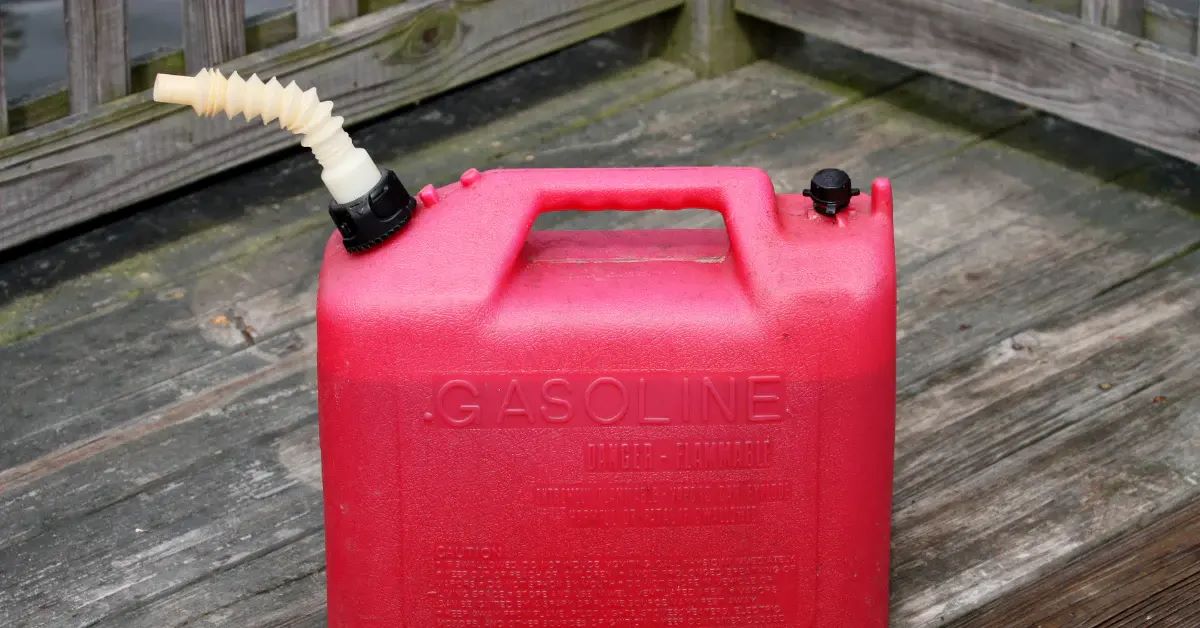


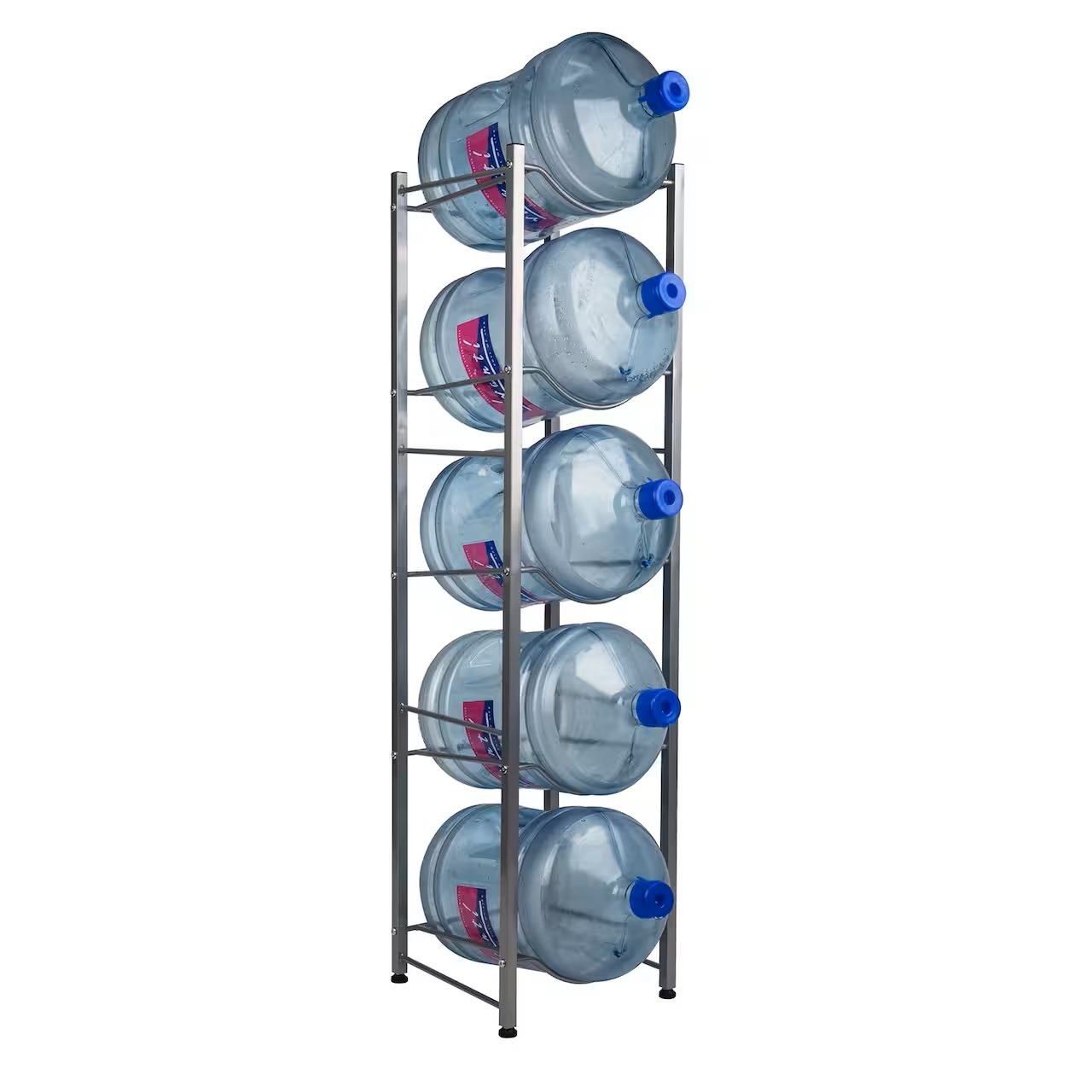

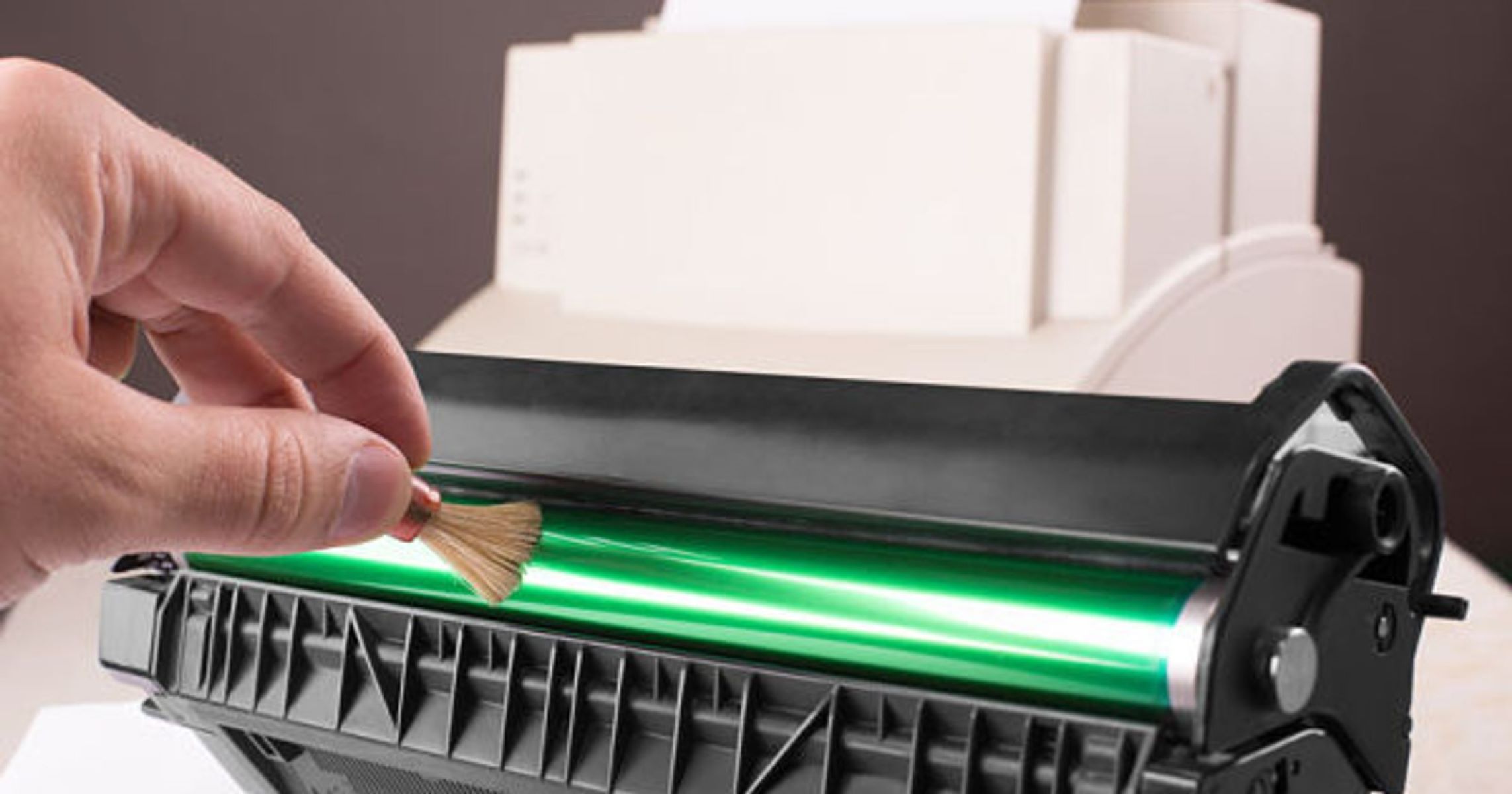

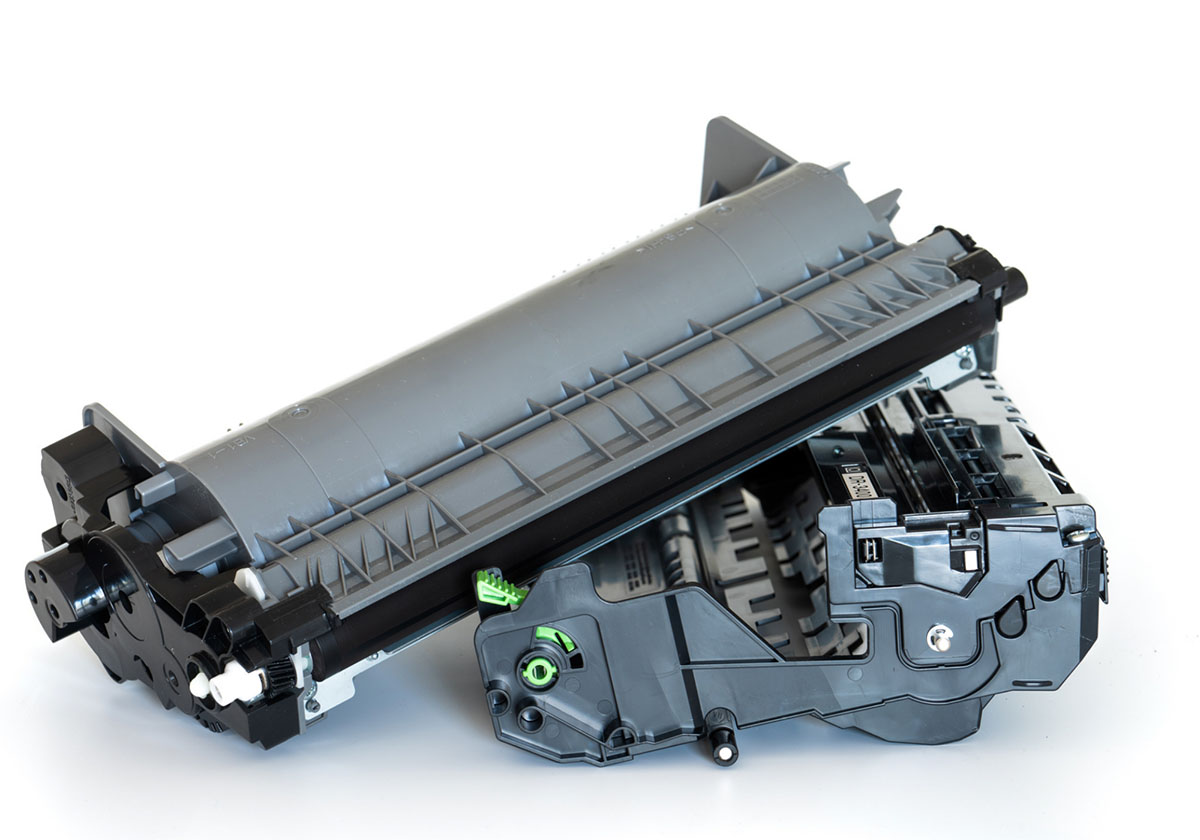
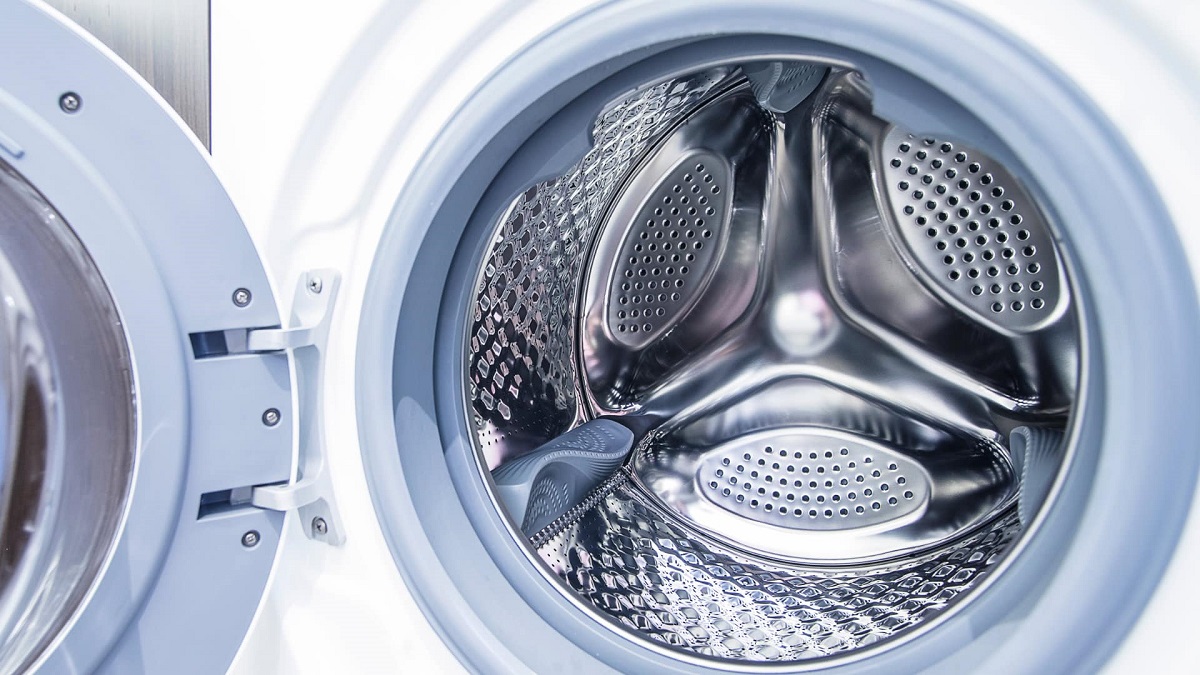
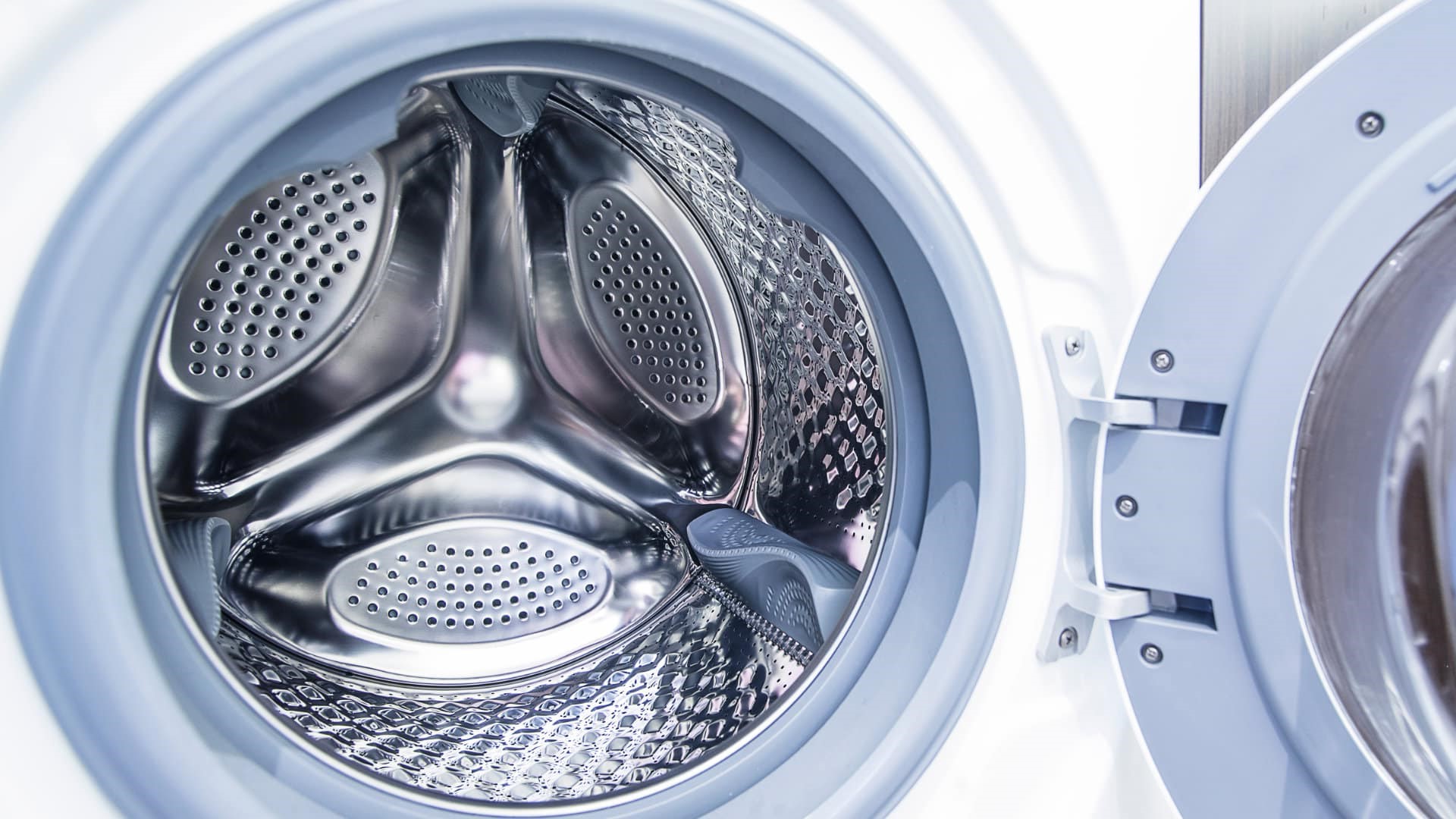
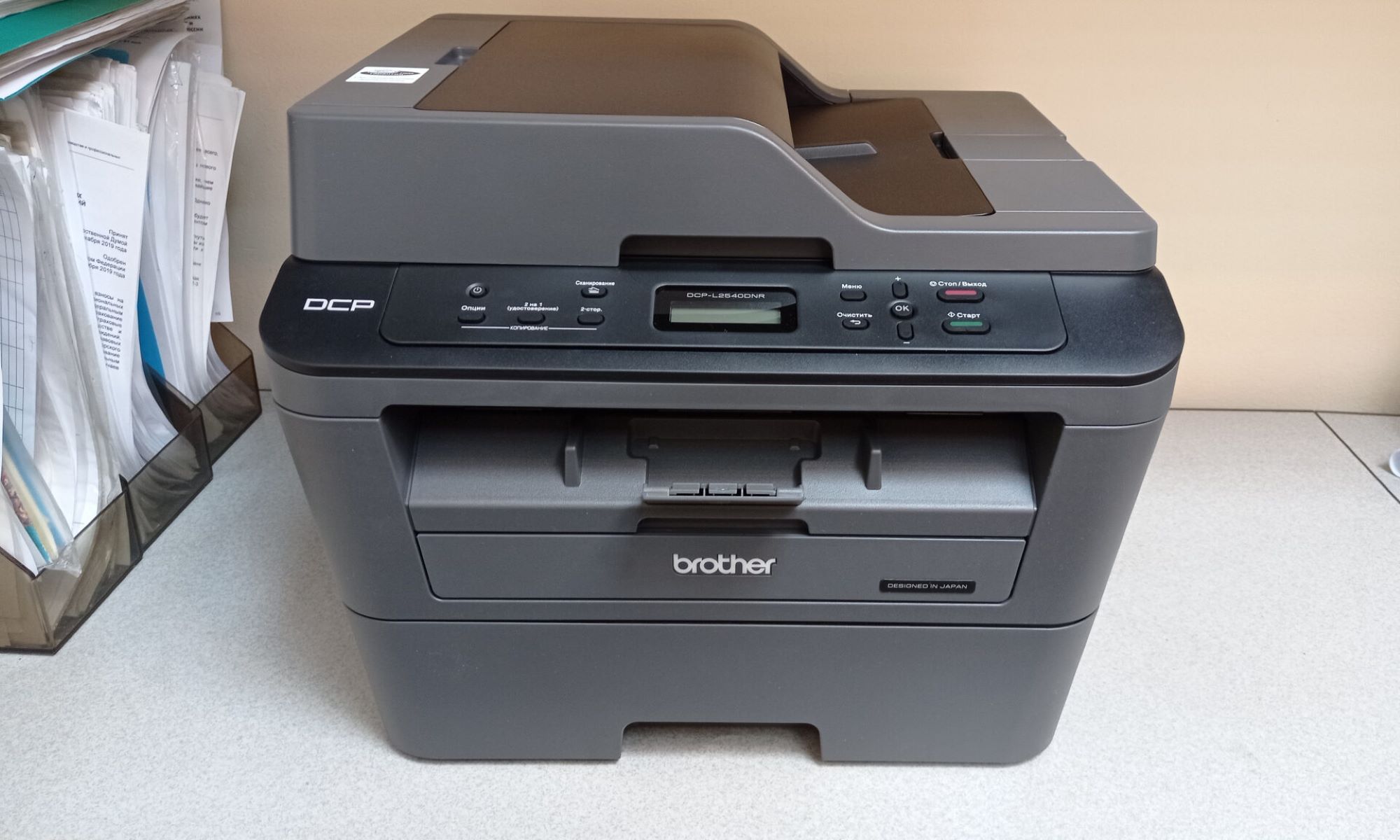


0 thoughts on “How To Store Gasoline In 55 Gallon Drum”